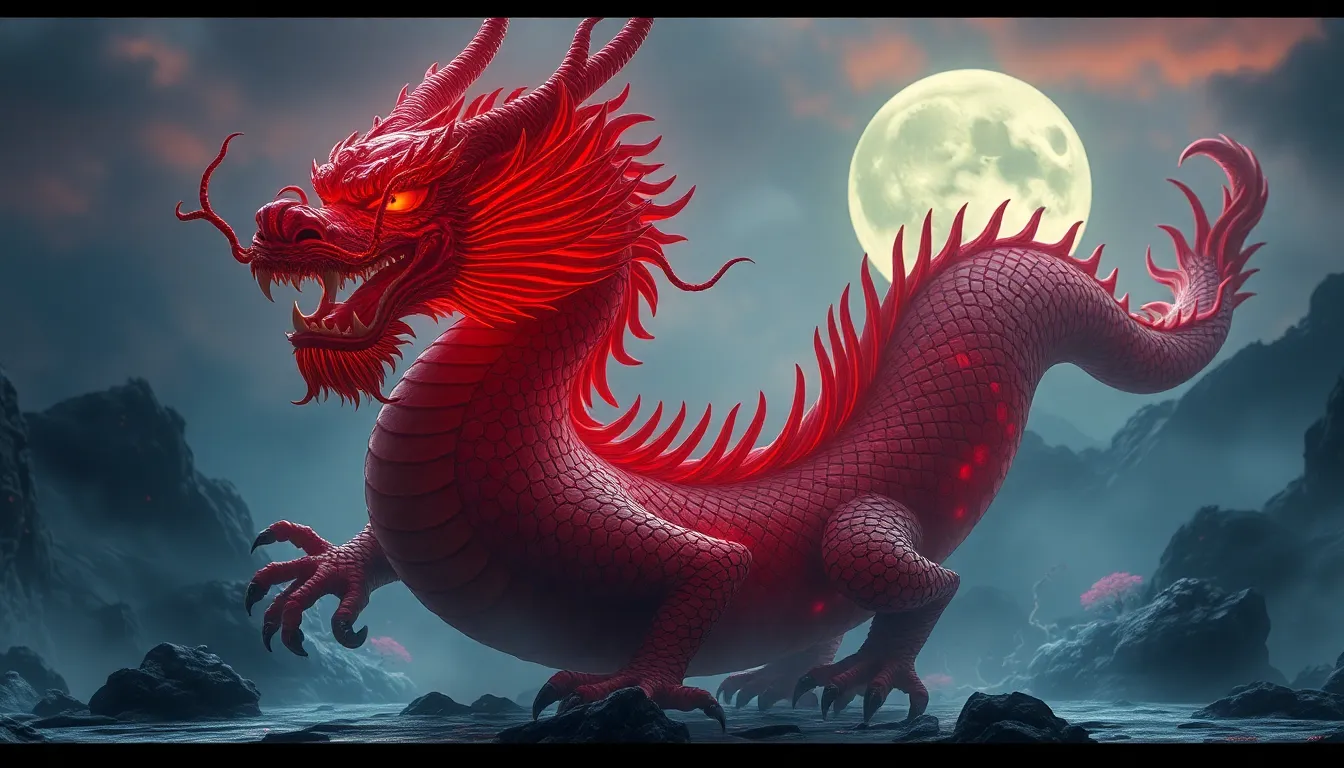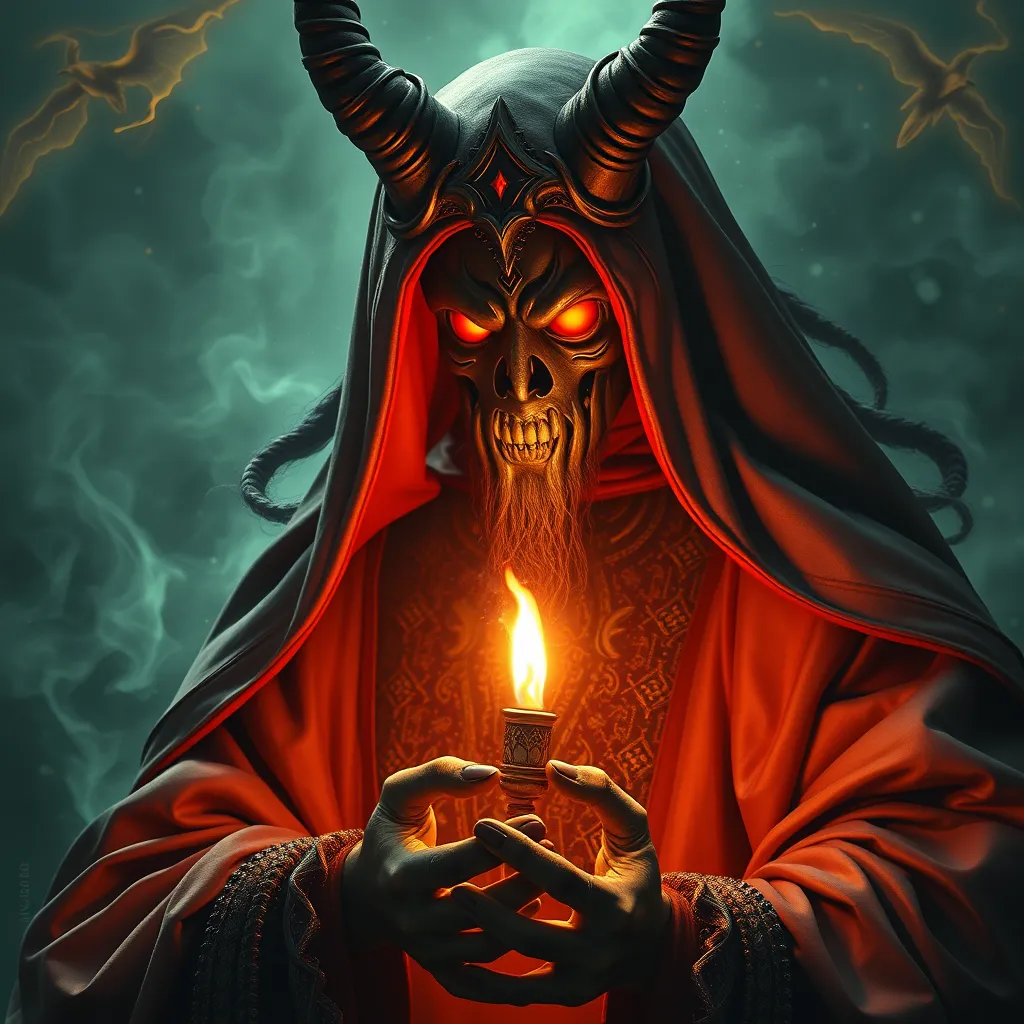The Lore of the Land: Exploring the Spirits of the Chinese Dragon
I. Introduction
Dragons hold a revered and significant place in Chinese culture, symbolizing power, strength, and good fortune. Unlike the fire-breathing, destructive creatures often depicted in Western mythology, Chinese dragons are seen as benevolent beings that bring prosperity and harmony. This article aims to explore the rich lore and symbolism surrounding Chinese dragons, delving into their historical origins, cultural significance, and enduring legacy in both ancient and modern society.
II. Historical Origins of the Chinese Dragon
The historical origins of the Chinese dragon can be traced back thousands of years. Ancient artifacts, such as pottery and bronze items, showcase early representations of dragon-like creatures. These depictions give insight into how dragons were perceived in early Chinese civilization.
Over the centuries, the mythos of the dragon evolved through various dynasties:
- Xia Dynasty (c. 2070–1600 BC): The earliest known references to dragons appear in oracle bones and bronze inscriptions.
- Shang Dynasty (c. 1600–1046 BC): Dragons were associated with water and rain, integral to agricultural societies.
- Han Dynasty (206 BC–220 AD): Dragons began to symbolize imperial authority and were often linked to emperors.
III. Symbolism and Meaning of the Chinese Dragon
The Chinese dragon embodies various layers of symbolism and meaning, making it a complex figure in Chinese culture. Key aspects include:
- Power and Authority: Dragons are viewed as symbols of imperial power. The emperor was often referred to as the “Son of the Dragon,” highlighting the dragon’s association with leadership.
- Water and Weather: Dragons are closely linked to water, seen as controllers of rain and rivers. Their presence is believed to ensure bountiful harvests and favorable weather.
- Fertility and Prosperity: Dragons are considered auspicious beings that bring wealth and fertility, vital for agricultural communities.
IV. The Dragon in Chinese Mythology
Chinese mythology is rich with stories featuring dragons, illustrating their importance in cultural narratives. Some key mythological stories include:
- The Yellow Emperor: The legendary Yellow Emperor, a central figure in Chinese mythology, is said to have been born from a dragon, symbolizing the dragon’s divine connections.
- Dragon Kings: In various tales, Dragon Kings rule over different seas and are responsible for controlling the waters, illustrating the dragon’s dominion over nature.
- Creation Myths: In some versions of creation myths, dragons are depicted as primordial beings that helped shape the world and bring order from chaos.
V. Types of Dragons in Chinese Culture
Chinese culture recognizes several types of dragons, each with distinct characteristics and roles:
- The Celestial Dragon: Known as the protector of the heavens, this dragon symbolizes divine power and is often depicted in imperial art.
- The Earth Dragon: This dragon serves as a guardian of the land, representing stability and the nurturing aspects of nature.
- The Spiritual Dragon: Mediating between heaven and earth, this dragon is often seen as a guide for souls and a connector of different realms.
VI. Dragons in Festivals and Celebrations
Dragons play a significant role in Chinese festivals and celebrations, particularly during the Chinese New Year.
Key aspects include:
- Dragon Dances: These vibrant performances symbolize the dragon’s power and are believed to bring good luck and prosperity. They are a staple of celebrations during the New Year and other festivals.
- Lantern Festivals: During the Lantern Festival, dragon motifs are common, symbolizing the illumination of wisdom and enlightenment.
- Dragon Boat Festival: This festival features dragon boat races, honoring the legendary poet Qu Yuan and also celebrating the dragon’s connection to water.
VII. Modern Interpretations of the Chinese Dragon
In contemporary society, the Chinese dragon continues to inspire and influence various forms of art and literature. Artists and writers often draw upon the rich symbolism of dragons to convey themes of power, resilience, and cultural identity.
Moreover, the global perception of the Chinese dragon has evolved:
- Artistic Representations: Modern Chinese art frequently features dragons, blending traditional motifs with contemporary styles.
- Literature and Film: Dragons are prominent in modern Chinese literature and films, often representing cultural heritage and national pride.
- Global Awareness: Outside China, the dragon has become a symbol of Chinese culture, recognized in festivals and celebrations around the world.
VIII. Conclusion
The Chinese dragon remains a powerful symbol of cultural heritage, embodying the values, beliefs, and history of the Chinese people. Its enduring legacy is reflected in art, mythology, and celebrations that continue to thrive today.
As we explore the lore of the Chinese dragon, it is essential to preserve and share these stories, ensuring that future generations appreciate the rich tapestry of meaning and significance associated with this magnificent creature.



